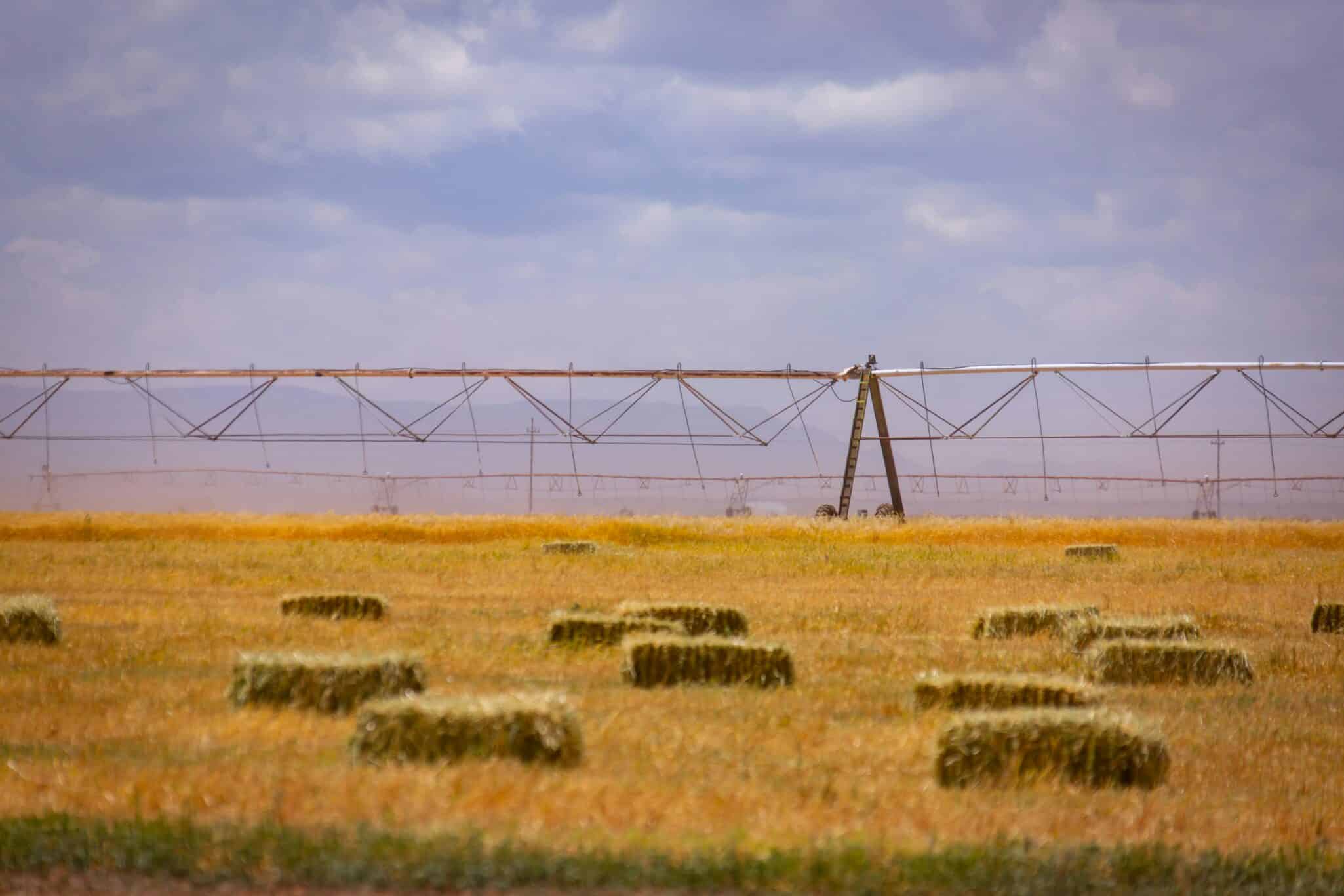Key Takeaways
- Synagro Technologies, Inc., a leading North American provider of sustainable biosolids and organics management solutions, has acquired the assets of Nutri-Blend, Inc.
- The acquisition strengthens Synagro’s operations in Virginia and the Washington, D.C. region, where Nutri-Blend has served clients for over 30 years.
- The move expands Synagro’s biosolids-management services and client network across the Mid-Atlantic region.
- Both companies emphasized shared values in sustainability, service quality, and support for local agricultural communities.
- The integration will maintain Nutri-Blend’s staff and client relationships under Synagro’s growing portfolio of environmental solutions.
Synagro Technologies Acquires Assets of Virginia-Based Nutri-Blend
Synagro Technologies, Inc., North America’s leading provider of sustainable solutions for biosolids, organics, and residuals, has announced the acquisition of the assets of Nutri-Blend, Inc., a long-established biosolids services provider operating in Virginia and the Washington, D.C. region for more than three decades.
The acquisition expands Synagro’s reach and service capabilities in the Mid-Atlantic while strengthening its commitment to environmentally responsible waste-to-resource solutions.
“This acquisition continues broadening our client base in the region and expanding our biosolids-management services,” said Ben Gilreath, Vice President, Corporate Development and Mergers and Acquisitions, Synagro. “We look forward to welcoming the Nutri-Blend employees to the Synagro family.”
Building on Nutri-Blend’s Legacy in the Agricultural Community
Founded over 30 years ago, Nutri-Blend has earned a reputation for responsible environmental practices and strong relationships with local farmers and municipalities. Its expertise in biosolids application and nutrient management has contributed to sustainable agriculture and soil enrichment throughout Virginia.
Lawrence Matthews, President of Nutri-Blend, commented on the transition: “I looked for a strong, well-recognized company to help support and grow our asset base. Knowing most of the companies in the biosolids-management industry, I chose to partner with Synagro because of their leadership and performance, as well as their commitment to continue with our staff, client base and local farmers.”
The acquisition ensures that existing Nutri-Blend customers will continue to receive consistent service and operational continuity under Synagro’s management.
Synagro Acquisition: Enhancing Regional Biosolids and Organics Services
The acquisition further enhances Synagro’s position as a leader in biosolids recycling and beneficial use, broadening its regional service footprint and advancing its environmental impact goals.
“Synagro is proud to build on Nutri-Blend’s long-standing legacy of responsibly serving Virginia’s agricultural heritage and farming communities,” said Curt Kleinsorg, Vice President, Regional Operations, Synagro. “This acquisition deepens our shared commitment to promoting the beneficial use of biosolids and broadens our service capabilities across the region.”
With this latest transaction, Synagro Technologies adds to the continued mergers and acquisitions (M&A) activity observed across the environmental services and sustainable infrastructure sectors, as tracked on the iGrow Dashboard. Industry data shows that consolidation remains a key strategy among companies aiming to expand regional capacity, enhance efficiency, and strengthen their sustainability portfolios.
The acquisition of Nutri-Blend aligns with this wider trend, reinforcing Synagro’s focus on responsible growth and long-term environmental performance.
🔍 For an overview of recent M&A developments across agriculture and environmental services, visit the iGrow Dashboard: https://network.igrownews.com/c/dashboard/


